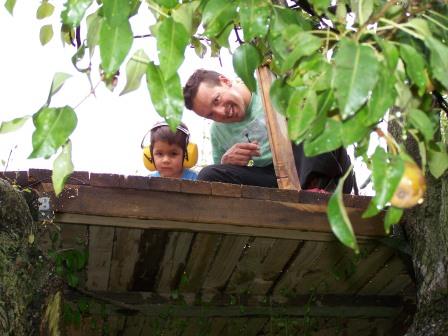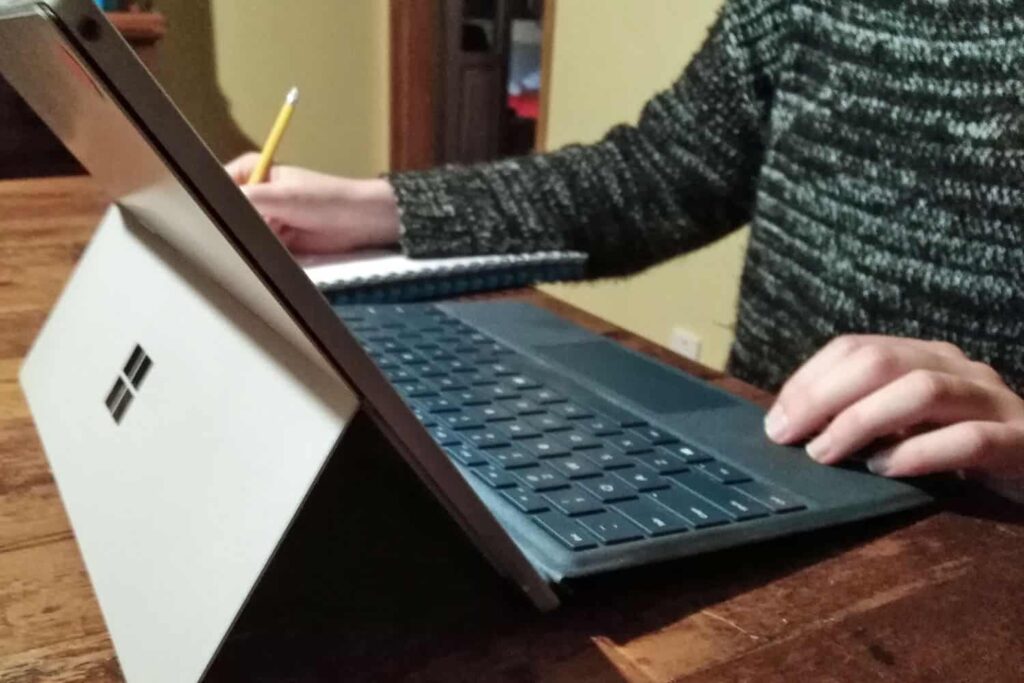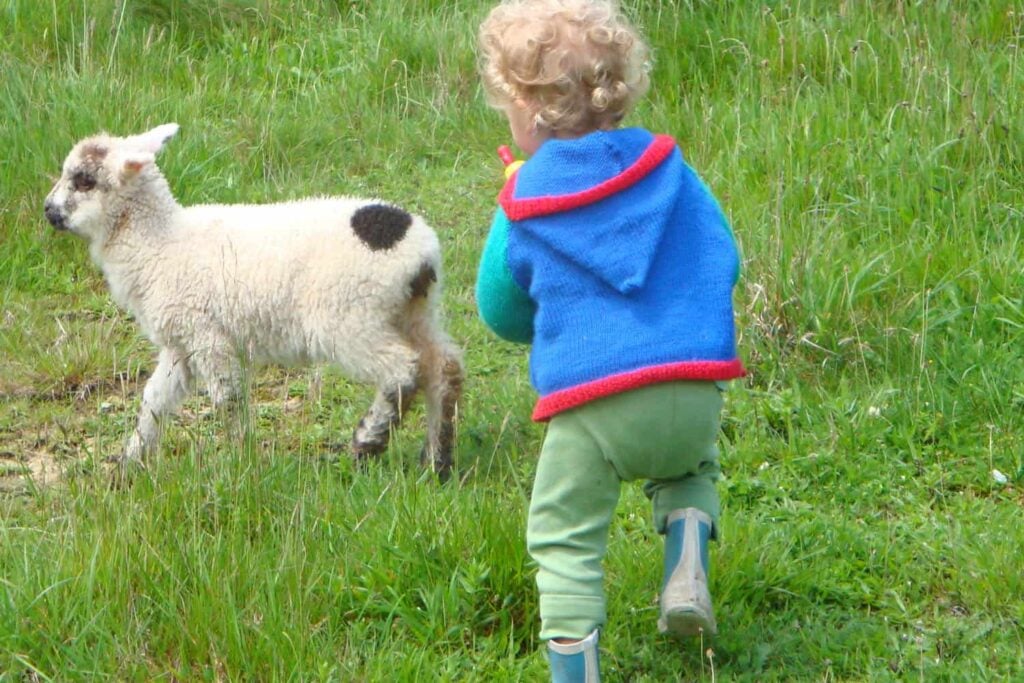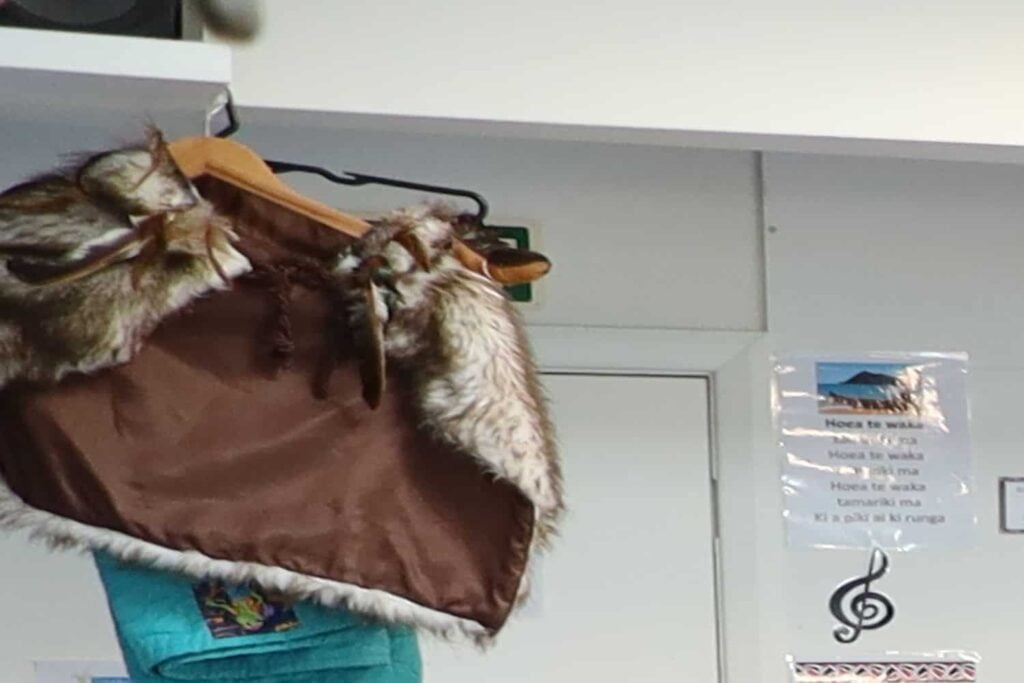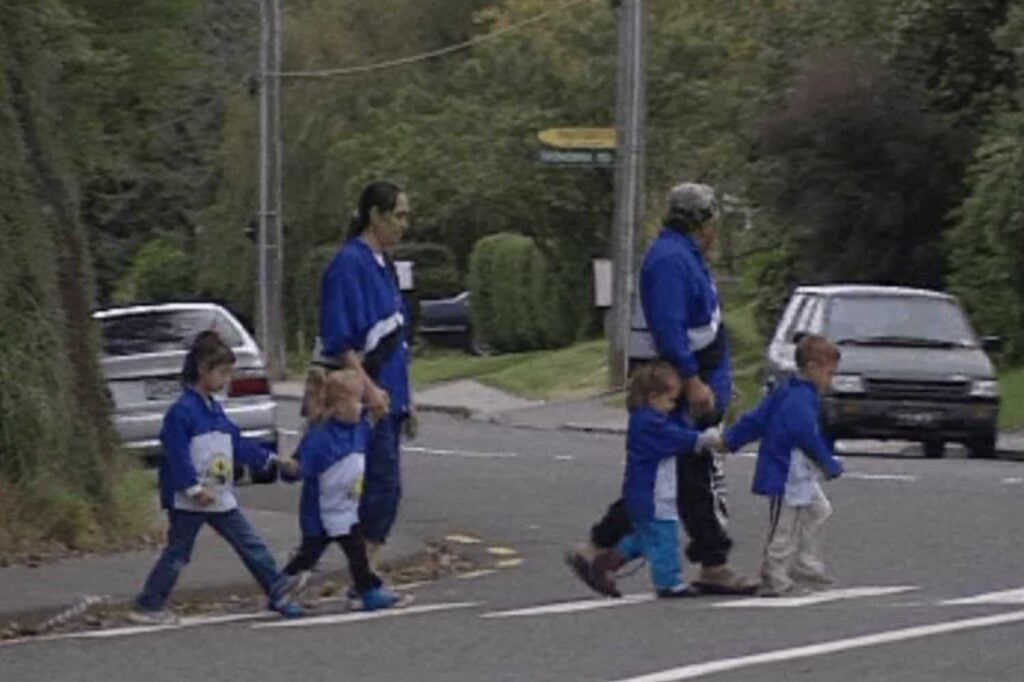Male Teacher Target in Norway.
By Dr Sarah Alexander.
April 21, 2013.
In Norway children aged 1 – 6 years attend the same institution (not compulsory) called Barnehage. Almost every child attends because it is expected (89% 1 – 5 year-olds and 97% 5 year-olds).
The centres have a mixture of professional (3 year-degree) and untrained staff.
In 2011 8.3% of staff were men working daily with children. How has Norway achieved this when other countries, like New Zealand, are struggling to attract men into early childhood education? Norway’s goal now is to increase the share of men working in Barnehages to 20%!
There is no one significant reason that explains why Norway has achieved 8.3% of men in its centres.
In Norway there is a consensus about the importance of men in children’s lives. The goal of gender equality is enshrined in laws, regulations, and curricula. See the information about Action Plans below.
The arguments are often that early education is an important contributor to the goal of an egalitarian society.
Politicians view gender equality as a means to providing more people in the labour force. It is through participation in the labour market that a foundation for the future of welfare is secured. Through full early education participation there is opportunity of both mums and dads to join the workforce and contribute to the country’s economic wellbeing.
Moderate gender quotas and positive affirmative action helps. Positive action is to treat the sexes differently in order to promote gender equality between men and women.
A survey by Bredesen, Nordfjell & Askeland (2008) showed that Training Colleges had little focus on the issue and rarely strives to recruit male students. To increase the number of men in centres it is worth thinking about making College accountable for the number of men recruited. Male students have a larger drop out rate than women, therefore they need to have a male tutor to see that is possible to work in a female environment and they need to have regular contact with another senior male student as a mentor.
Male Teacher Target in Norway – Government Action Plans for Gender Equality
2008 – 2010 Plan
- The leaning environment in ECE shall promote equality between boys and girls
- A better gender balance among members of staff in ECE centres and in teacher education
Several actions resulted
- Several networks for men (Men in Barnehage) were established. It was seen to be important for men to recruit men. The best promoters are men themselves
- Demonstration centres helped to guide and inform other centres on recruiting and importantly keeping men in the centre for a longer period of time.
- Recruitment teams did out-reach recruitment work and marketed ECE as workplaces for men e.g. at school principals meetings and educational fairs, and other places where young men meet.
- National meetings and conferences were organised
- A website for men in Barnehages was established
Equality 2014 Action Plan
This Action Plan is inter-sectoral and describes the government goals and initiatives for gender equality.
Goal 1 – To increase awareness of gender equality in ECE
(a) promote gender equality and combat all forms of discrimination
(b) increase the share of men working in ECE to 20%
(c) strive for a better gender balance.


